Naksan Park (낙산공원)
6.3Km 2025-08-07
41 Naksan-gil, Jongno-gu, Seoul
+82-2-743-7985
Naksan Mountain (alt. 125 meters) is one of the four inner mountains of Seoul, and can be accessed by following the road leading to the mountain entrance from Daehangno and Dongdaemun. It was also called Naktasan Mountain, which can be translated to Camel Mountain, because the terrain resembled a camel's back. It also had another name, Taraksan Mountain, “tarak” meaning fermented milk, because there was a royal ranch in the area that supplied milk to the palace. After the 1960s, the original appearance of Naksan Mountain disappeared due to apartments and dense housing, and the Seoul Metropolitan Government established a restoration plan. As part of this plan, a park project was carried out, and it opened Naksan Park in July 2002. Currently, Naksan Park has established itself as a resting place for citizens to feel the beautiful atmosphere of Hanyangdoseong, or the Seoul City Wall, and green forests. It has gained much popularity as a place for seeing the most beautiful night view in Seoul.
Chung-Ang Uiversity Hospital (중앙대학교병원)
6.3Km 2025-07-29
102 Heukseok-ro, Dongjak-gu, Seoul
Since its foundation in 1968, Chung-Ang University Hospital has been striving to contribute to the health and happiness of humanity by achieving the best in medical treatment, research, and education based on our core values of "professionalism, fairness, change/innovation, communication/harmony, and empathy/care.”
As a leader in severe disease treatment, we work with highly qualified medical staff and specialized professionals, receiving the top rating in all cancer procedures evaluated (colon, stomach, breast, and lung) by the Ministry of Health and Welfare and the Health Insurance Review and Assessment Service, and the top rating in the care appropriateness evaluation for acute stroke, coronary artery bypass, intensive care unit (adults and newborns), and hemodialysis.
In a “rating from visitor reviews” conducted by a major domestic portal site, we ranked first out of 13 major tertiary hospitals in Seoul, maintaining our reputation as the friendliest hospital in Korea trusted by patients.
Libuk Sonmandu (리북손만두)
6.3Km 2019-08-28
17-13, Mugyo-ro, Jung-gu, Seoul
+82-2-776-7361
Libuk Sonmandu restaurant is located deep in the alleys behind Seoul City Hall in the Mugyo-dong area. It is famous for kimchimari bap and sonmandu (handmade dumplings). Kimchimaribap is rice in a soup of kimchi and ice cubes with various added flavorings that originated in North Korea. This is a refreshing dish for summer. Other items on the menu are bindaetteok (mung bean pancake) and mandu jeongol (dumpling hot pot).
Yangbandeck (양반댁)
6.3Km 2024-03-18
19-18 Insadong-gil, Jongno-gu, Seoul
+82-2-733-5507, +82-2-730-1112
Yangbandeck is a traditional Korean house in Insa-dong, serving ganjang gejang (soy sauce marinated crab) and bori gulbi (barley-aged dried yellow croaker). Theganjang gejang is made from crabs filled with roe, matured in soy sauce. The taste of barley-aged dried yellow croaker, made from dried yellow croaker matured in sea breeze and served on top of rice, is exceptional. Each meal comes with a hot pot rice, and side dishes such as soybean paste jjigae, pancakes, kimchi, and japchae are served as standard.
Tteok Museum (떡박물관)
6.4Km 2021-09-29
71, Donhwamun-ro, Jongno-gu, Seoul
+82-2-741-5447
The Tteok Museum displays over 2,000 Korean kitchen utensils and tteok (rice cake) related items, arranged by various themes. The displayed utensils are handmade household necessities that are ingenuous, yet reveal the lifestyle of the working class. The elderly may relive fond childhood memories and the younger generation can experience the wisdom of ancestors through the rare kitchen utensils.
Jilsiru -Rice Cake Café (떡카페 질시루)
6.4Km 2020-04-24
71, Donhwamun-ro, Jongno-gu, Seoul
+82-2-741-0258
Jilsiru is a modern cafe serving a panoply of traditional snacks. Customers may enjoy the wide variety of tteok (rice cake), hangwa (Korean traditional sweets & cookies), and traditional organic beverages at this cafe with a sophisicated interior.
Gomguksijib (곰국시집)
6.4Km 2016-10-21
24, Mugyo-ro, Jung-gu, Seoul
+82-2-756-3249~50
Gomguksi is a soup consisting of handmade noodles and beef slices in a thick and rich beef broth. Gomguksi became famous through word-of-mouth by tourists from the neighboring country of Japan. These days the restaurant is always crowded with people. Also, the side dishes that accompany Gomguksi are extremely delicious.
SAEWHA HOSTEL(세화호스텔)
6.4Km 2024-06-20
50 , Samil-daero 32ga-gil, Jongno-gu, Seoul
+82-10-3780-5988
Located in Jongno, in the heart of Seoul, Saehwa Hostel offers a variety of guest rooms, including ondol rooms and bedrooms, for up to 3 people. There’s a bathtub in each room. Shared PCs, massage chairs, microwave ovens, washing machines and dryers are all available free of charge. A simple free breakfast is provided, plus a free international phone service and a foreign language guidance service. Seoul Station is 15 minutes away by subway, and the airport limousine bus stops at Jongno 3-ga station. Changdeokgung Palace, Jongmyo Shrine, and downtown shopping streets are all reachable on foot.
Areumdaun Cha Bangmulgwan (Beautiful Tea Museum) (아름다운차박물관)
6.4Km 2019-08-02
19-11, Insadong-gil, Jongno-gu, Seoul
+82-2-735-6678
In addition to gourmet restaurants, traditional tea houses are a popular destination in Insa-dong. Among them, we recommend Areumdaun Cha Bangmulgwan, where you can taste more than 100 types of tea, including Korean, Chinese, Japanese, and Taiwanese. The shop also serves as a museum and gallery. Enjoy a leisurely cup of tea as you appreciate the art that is on display.
Saenamteo Catholic Holy Place of the Martyrs (새남터기념성당)
6.4Km 2020-03-31
80-8, Ichon-ro, Yongsan-gu, Seoul
+82-2-716-1791
When taking the subway from Seoul Station to Yongsan Station, you will notice a tall and distinct hanok (traditional Korean architecture) building; this is Saenamteo Catholic Holy Place of the Martyrs. Construction of the building began in 1984, the year of the 200th anniversary of Catholicism in Korea, and was completed after three years.
Also called "Nodeul" and "Sanamgi," Saenamteo was used as a military training ground during the early Joseon period. It was also the place
where convicted felons and the Sayuksin (the six martyred ministers) were executed.
Many Catholics were executed here during the Sinyu Persecution of 1801, the Gihae Persecution of 1839, the Byeongo Persecution of 1846, and the Byeongin Persecution of 1866. Among those executed were 11 priests including the first Korean priest Kim Taegon (Andrew), the first Chinese priest that came to Korea Ju Mun Mo (Jacobus), the first French priest that came to Korea Bishop
Imbert and other Catholics including Hyeon Seok-mun. There is also an altar here where the remains of nine Catholic saints are enshrined.
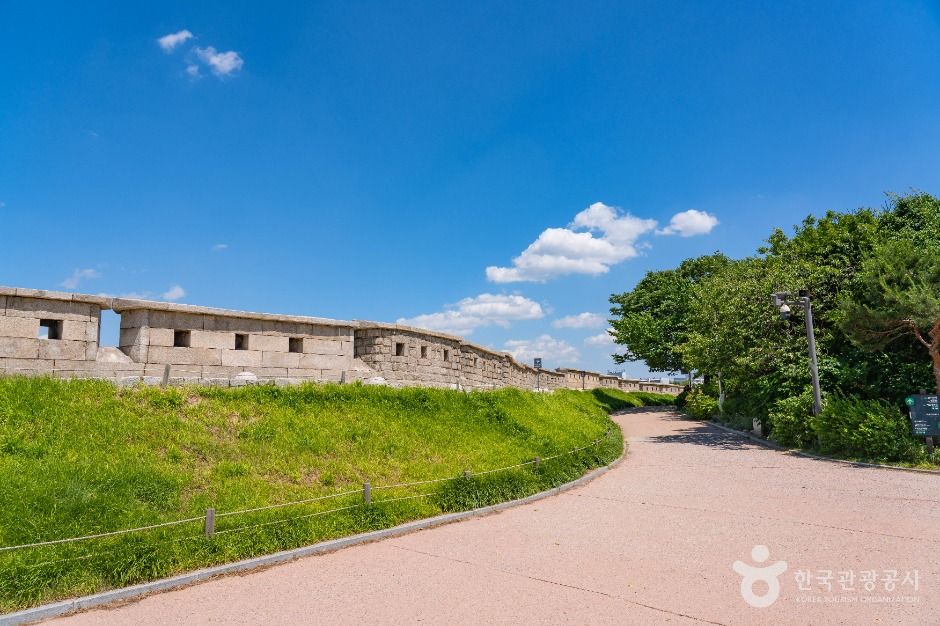

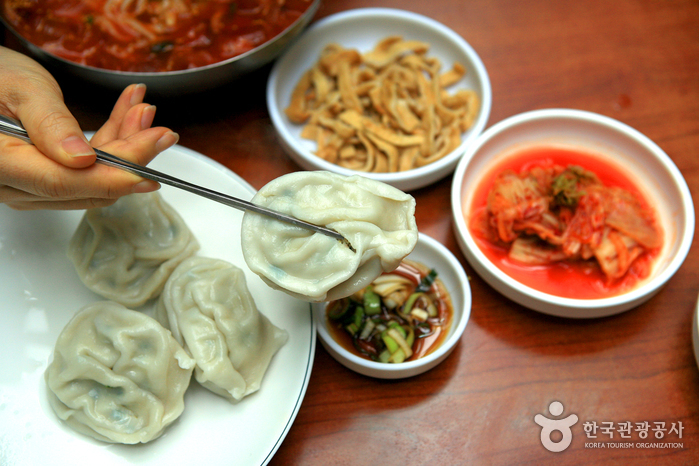
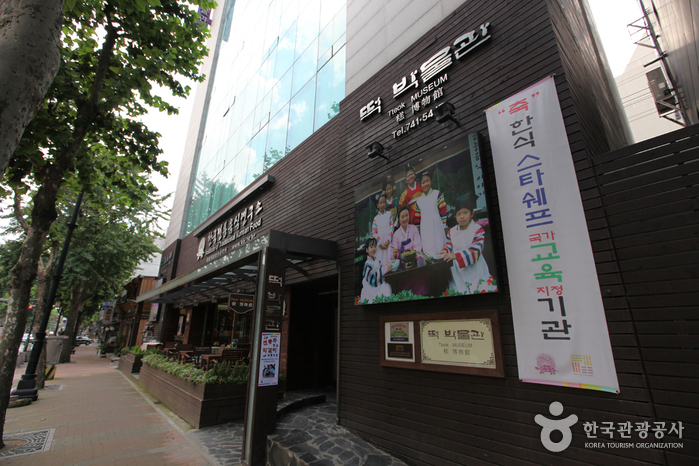
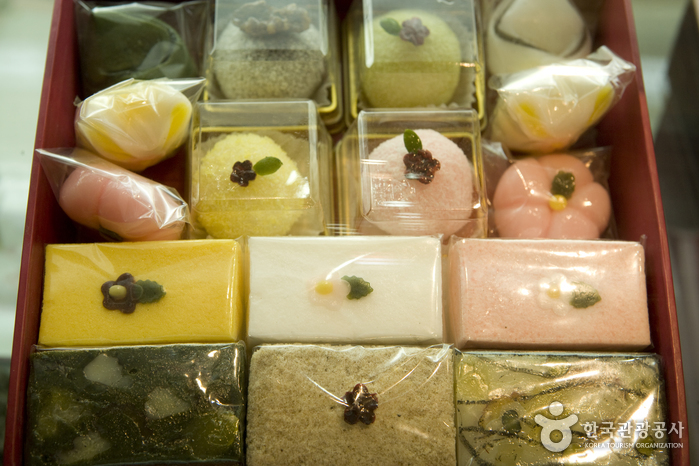
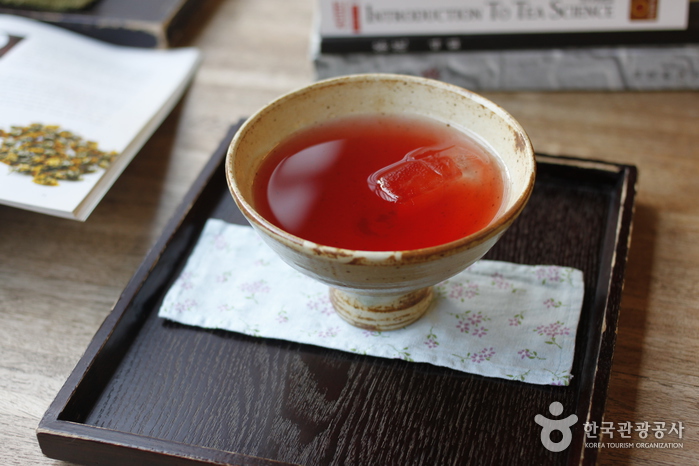
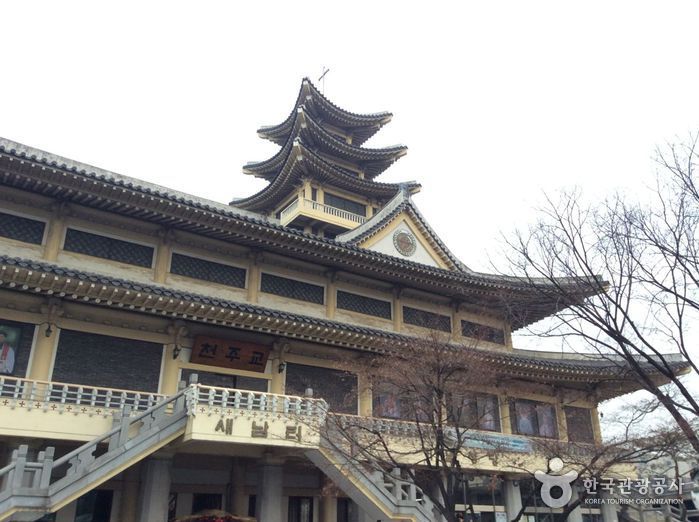
 English
English
 한국어
한국어 日本語
日本語 中文(简体)
中文(简体) Deutsch
Deutsch Français
Français Español
Español Русский
Русский